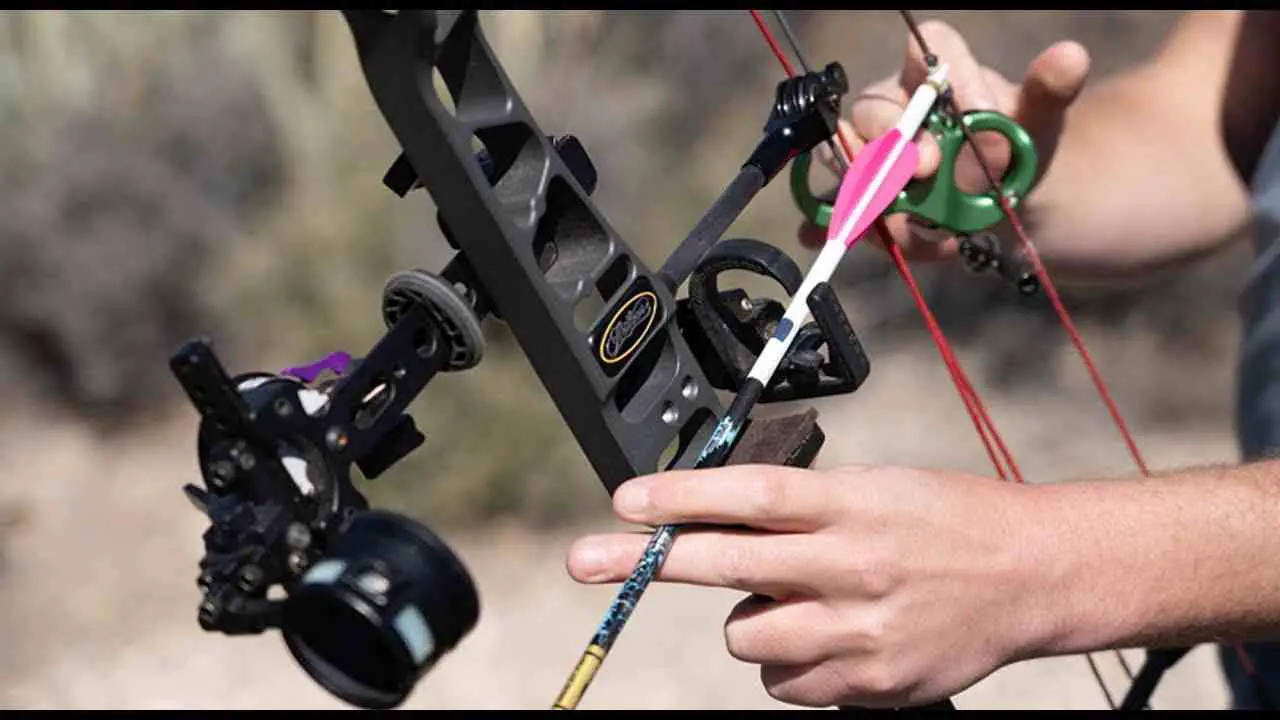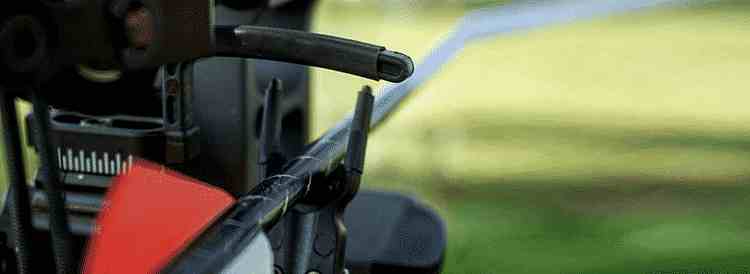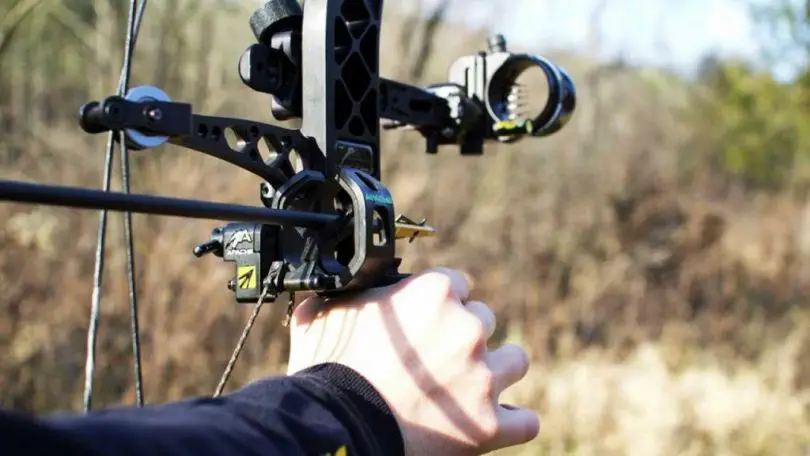If you are all about accuracy, a good drop-away comes on top among the arrow rest types.
In different types of archery, various types of tools are used and it is pretty obvious that they do have different names.
The fun fact is that these names can give you the hint about their functionality. Drop away rests are there to hold the arrow stable while drawing.
At the time of the release, it drops down to make the arrow’s flight unhindered. The V shape is an identical sign and this shape also helps you in the release of your arrow.
But how to install a drop away arrow rest? Do you actually need one? Let’s find out in this in-depth guide on drop away arrow rest installation tips and tricks!
Any of your arrow’s parts should never come into contact with the rest after you release the arrow.
Your arrow must get a clear way while releasing or it won’t get to the target.
And, giving your arrow that unhindered path is one of the best attributes of a drop away rest.
The function of arrow rests is to hold the arrow in place and support it as long as you release the arrow. Designs of arrow rest differ from one model to another.
Among all of these variations, one popular and effective model is the drop-away arrow rest.
The arrow rest receives much applause among archers due to bringing a lot of alterations to its design.
Drop Away Arrow Rest Installation Guide

Sometimes they are alluded to as fall-away rests, yet the two terms allude to a similar style of rest that drops & does not contact the arrow after it has been discharged.
This sort of rest thoroughly kills any worries of fletching freedom and even the most radical helical sneaks past immaculate. That’s why this is considered the best arrow rest by some people.
How Does a Drop Away Arrow Rest Work?
- They enhance precision by parting the arrow’s flying openly uninterrupted. The fall away is effectively the top arrow rest aimed at target practice.
- They can as well fail easily for being automated
- They have little contact with the arrow
- The installation may be perplexing
How to Install a Drop Away Arrow Rest?
One model will set up a bit uniquely in contrast to another, yet most utilize a bit of string material that joins to the rest of launcher arms toward one side, and the bow’s downlink on the other—however, some connect one end of the link to a bow appendage.
The key is making that bit of string precisely the best possible length and anchoring it to the link or limb so it won’t move.

Here are simple strides for introducing and timing a fall-away arrow rest.
Tighten the Rest
This step is to fix the rest of the bow’s riser. Utilizing a dimension to ensure your rest is level before fixing is a smart thought.
To guarantee strong mounting and keep any development of arrow rest, fix the catch head fastener and bolt the arrow rest to the middle piece of the bow which is also called the riser with screws.
Ensure the rest is firmly anchored with the riser.
Measure the Drawcord for the Right Length
Measure the draw cord before appending it to the bow’s down cable. The rope can’t be excessively short or excessively long.
Attach the down Cord to the Cable of the Bow (Short Serving)
Connect the drawcord at around an inch underneath the rest. The drawn line can be appended in two different ways.
A few arrow rest makers incorporate two little pieces that connect to two draw cords and the down cable. Both of these pieces are fixed together and set up by a little screw.
When together, both of these pieces are formed like a football. Fix the screw downward somewhat however not cozy.
Another approach to append the attract string is to attach the string to the down cable.
Simply place the down cable around one inch underneath the rest, and place the drawcord underneath the down cable at the base of the arrow rest.
Set the Arrow Level
Set your nock, or string loop at the surmised wanted tallness. While the arrow is on the bowstring, position your arrow rest arms in the full draw position.
For the most part, attempt to keep arrows at indistinguishable rough range from the arrow rest’s mounting openings.
A decent beginning stage is to keep the arrow at a dimension position from the nock or string loop to the arrow rest.
Minor changes in the rest tallness can be made later amid the tuning procedure by extricating the vertical square and raising or bringing down the square.
Adjust the Center Shot
Focus shot alteration ought to be made before shooting the bow. Once more, minor alterations can be made during the tuning procedure.
Check for Bulge
This is likely the progression most bowmen fear.
Attach drawcord to the bottom cable, and pull the bow to full strength, guaranteeing that the rest of the arrow rises fully and that the pulling cord isn’t drawing against the bottom cable.
There ought to be no lump found in the downlink. It ought to straighten up as if nothing is attached to it.
When you down the bowstring, the arms of the arrow rest should start to drop very quickly. It might be useful to get a companion to check the arrow rest.
As you pull the bow, your companion should outwardly examine that arm’s of rest is upward and that your draw cord isn’t taut to the point that it is drawing against your bottom cable.
When this is finished, fix the football cozy. In the event that utilizing the second connection technique, tie the draw cord off at the down cable.
Mount the Rest to the Bow
At long last, secure the jolts for the rests even and vertical squares to keep them from moving.
At that point check the rest position and that of the football with an indelible marker so you’ll know whether any development has happened.
3. How to Tune Your Arrow Rest?
After you introduce the rest and change for focus shot. Check for leeway utilizing the analyzer FOB and change height as required.
With most bows, prescribed that you have between 1/8 and 3/16 or more leeway over the rest.
Now and again, it might be important to alter the rest so the arrow is somewhat over the focal point of the burger gap.
This is consummately adequate and won’t create any tuning issues.
To determine whether leaving a line of arrows is straight with the bow, many compound archers use mechanical releases and paper tuning is a standout amongst the most widely recognized ways.
Why Is Paper Tuning Reliable?
Using paper tuning, one can verify that one’s rest, nocking point, and bowstring are for the most part splendidly adjusted. In addition, shooting is made properly.
Here’s How to Paper Tune a Bow…
So what you’ll have to paper tune is your bow and a few arrows, a casing that can hold paper for you to shoot through, an objective stopping board, and a shooting range.
The casing has to grip the paper with each of the angles, so the paper is unbending while shooting through it.
Furthermore, the edge should be situated sufficiently high that one may be able to shoot straight over the paper.
You should simply set it on a stand holding the paper at general chest stature. You should remain around 6 feet from it.
What Do You See and How Do You Work on the Results?
So you capture a decent shot over the paper.
What you need to watch is an oval gap with several cuts stretching out of it – relying upon the quantity of fletching on your bow.
Nock Right
Move the arrow rest far from the arrow riser on a bow designed for a right-handed person, and at the arrow riser for a left-handed person.
This tear likewise can mean the spine of your arrow is excessively solid.
Change to an arrow with a more fragile spine, or you can expand the point load on your arrow, which will debilitate its spine.
Nock Left
Push rest toward the riser for a right-handed shooter, away for a lefty.
This shifting means the arrow’s spine is excessively feeble. Chang the arrow with a rigid spine, or diminish your arrow’s point weight.
Nock High
Move your rest up or your nocking point down.
Nock Low
Move your rest down or your nocking point up.
There might be different issues that can influence arrow trip with a drop-away rest as well, for example, a harmony that is excessively tight — yet in the event that you pursue the producer’s headings for introducing the rest, a large portion of those issues ought to be wiped out.
The genuine issue is poor nock travel — regardless of whether innate to the bow or made by your discharge method.









Leave a Comment